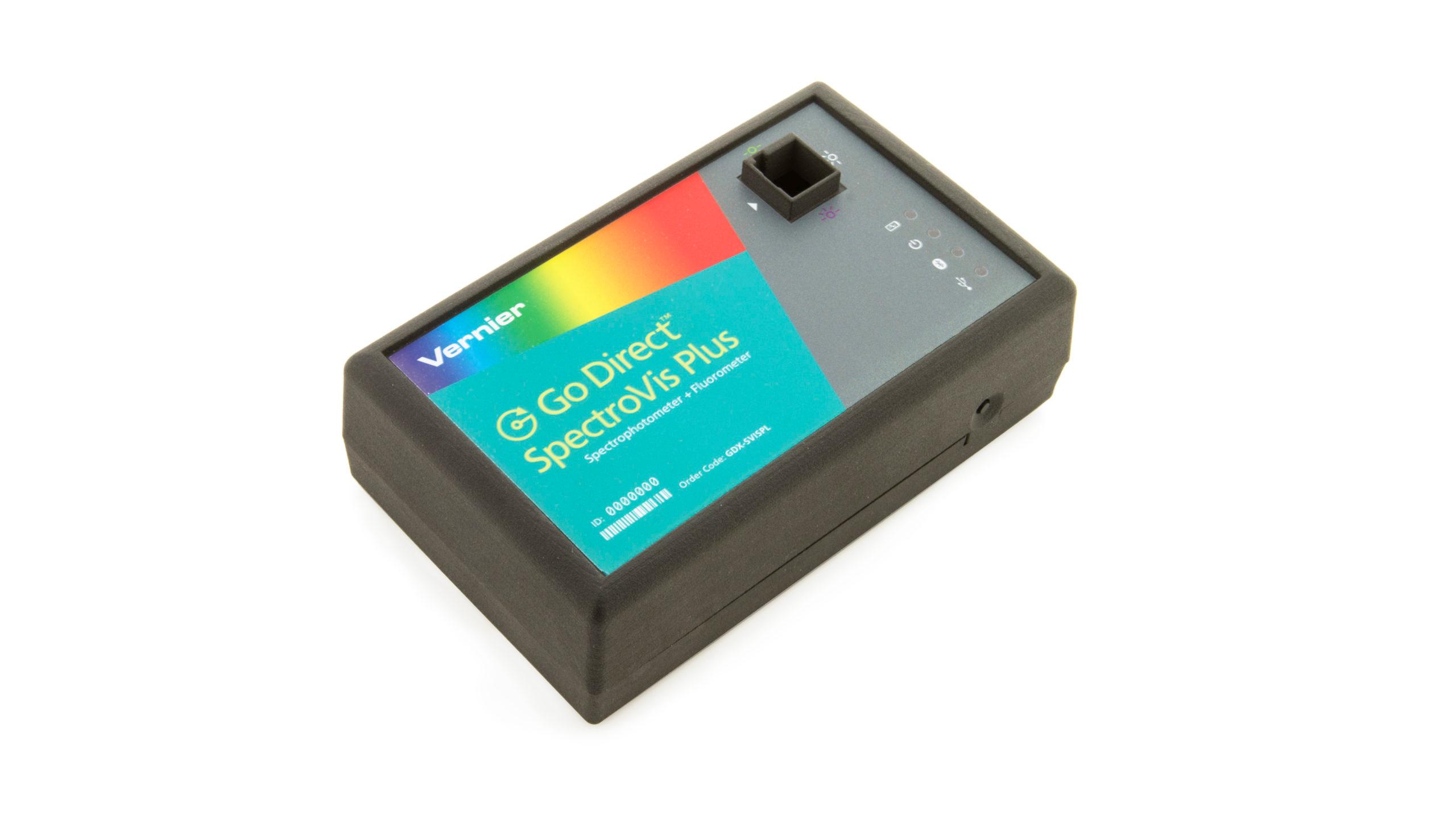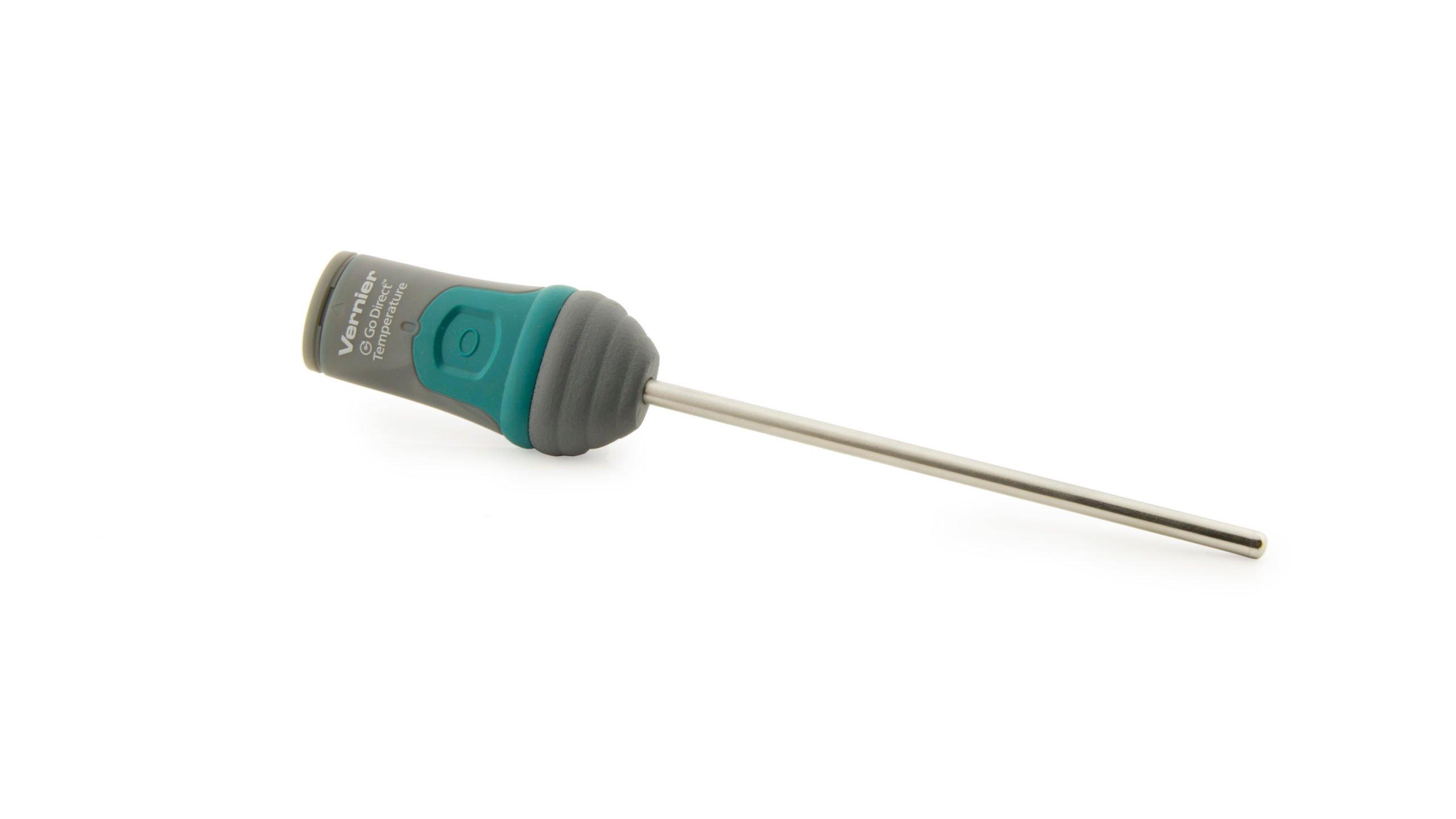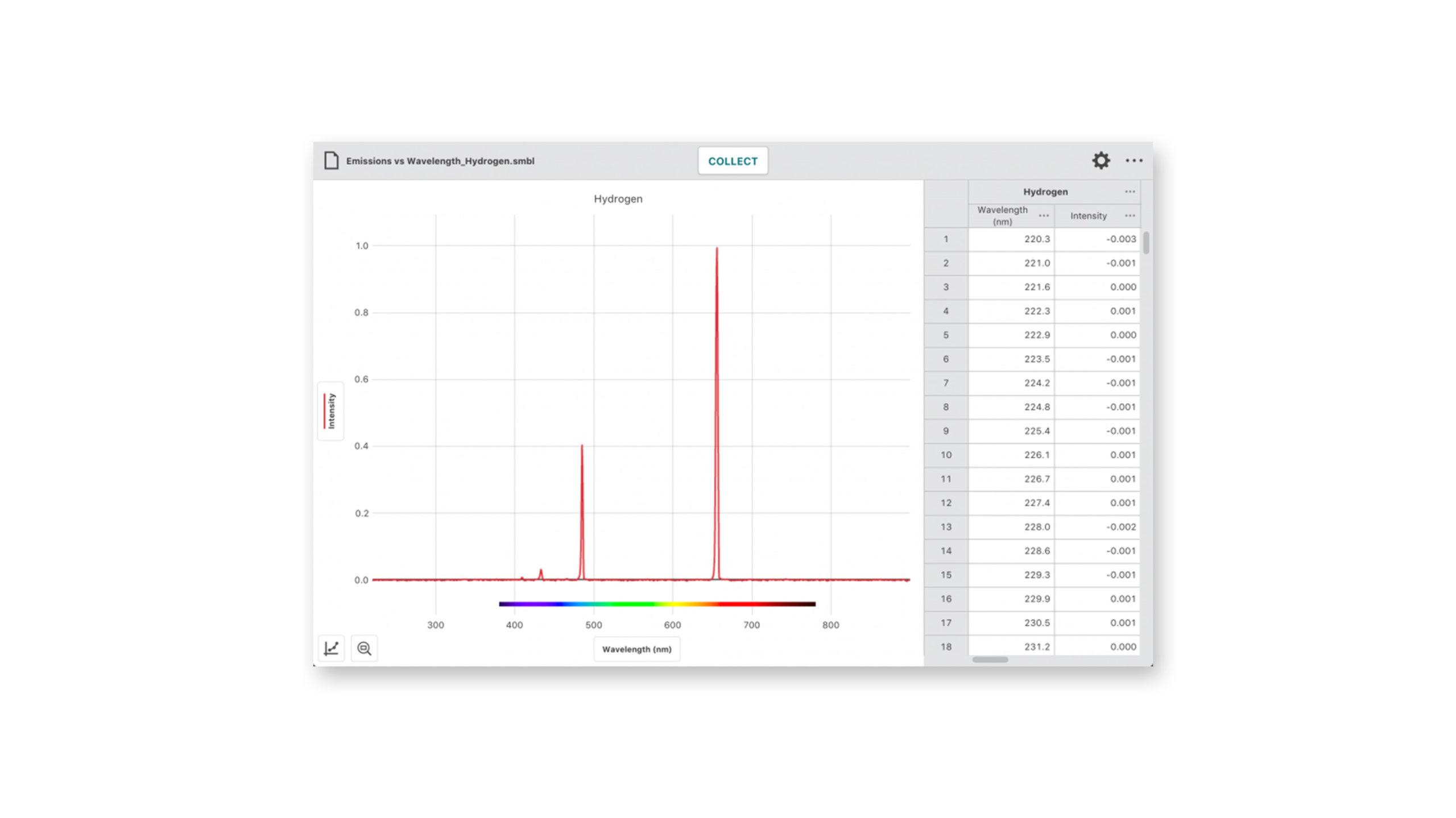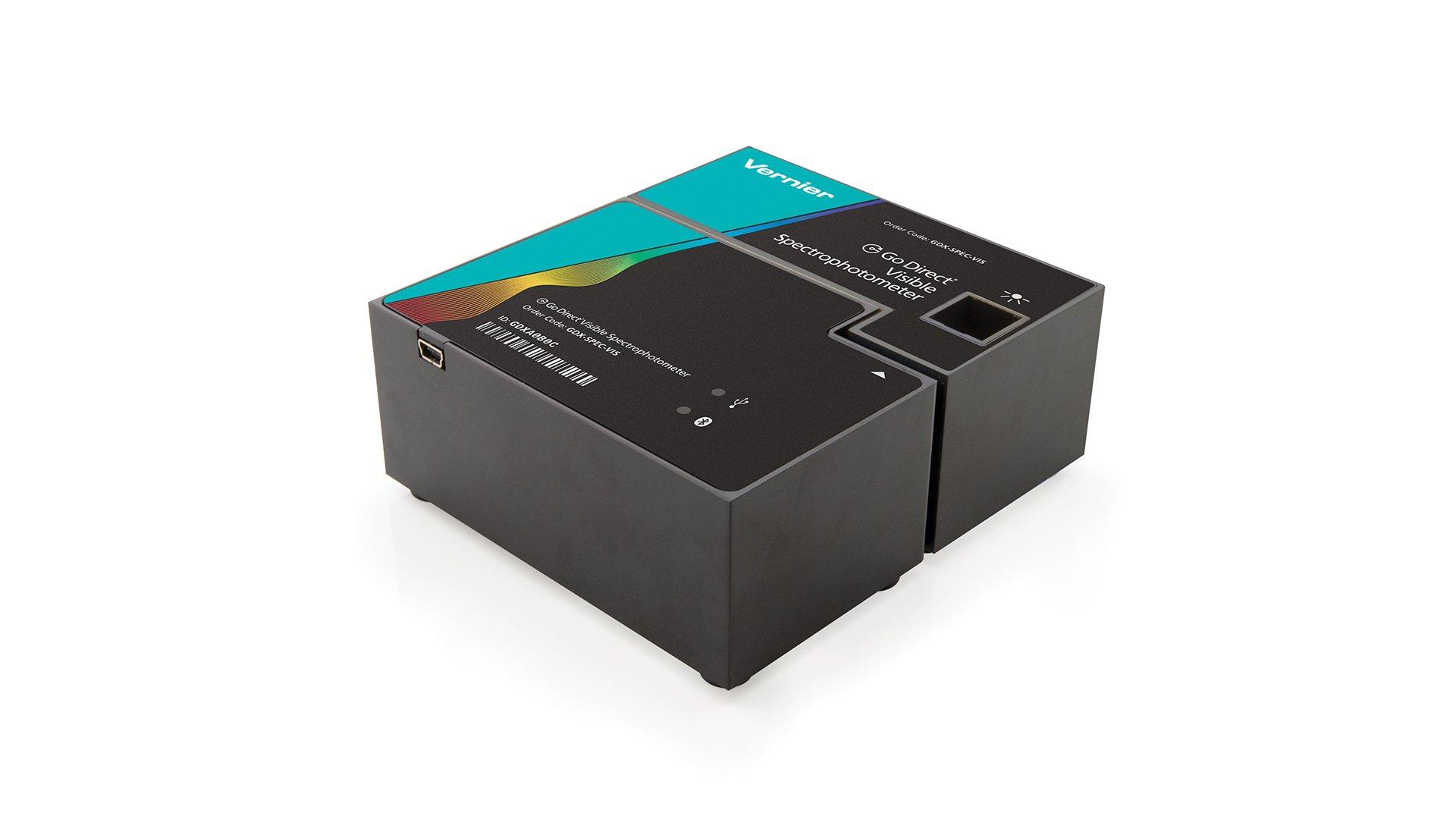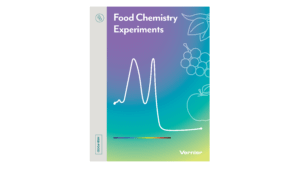Introduction
Iron is a component of hemoglobin in your red blood cells. Hemoglobin is instrumental in transporting oxygen throughout your body from your lungs, and as such iron is an essential nutrient in everyone’s diet. Without enough iron, you would become anemic and feel weak and dizzy and have a hard time concentrating. Typically, women have a higher need for iron than men and pregnant women an even higher requirement.
Iron exists primarily in three forms in nature: metallic iron, Fe; iron in the +2 oxidation state, Fe2+, which is sometimes called ferrous or iron(II); and iron in the +3 oxidation state, Fe3+, called ferric or iron(III). The form most quickly metabolized by your body is the ferrous, Fe2+, form of iron.
There are a number of dietary sources of iron, including beans, dried fruits, eggs, red meat, broccoli, spinach, and iron fortified cereals. Iron-fortified cereals are a common source of iron in many people’s diet. In this experiment you will test cereal to determine the amount of iron it contains.
The most common form of iron found in cereal is metallic iron composed of extremely small filings. With some cereals, you can even use a very strong magnet to extract the iron filings! This form of iron is often identified as “reduced iron” or “mineral nutrient.” In this experiment, you will convert this form of iron to the ferrous, Fe2+, form using the same process that goes on inside of your own stomach. You will mix a sample of cereal with 1 M hydrochloric acid and heat the mixture to about 37ºC, which is body temperature. This will convert the metallic iron to ferrous iron, Fe2+, the form required for the test being conducted.
You will react the Fe2+ with 1,10-phenanthroline, which will result in a colored solution. The concentration of Fe2+ will be directly proportional to the absorbance of the colored Fe2+ solution. This relationship of concentration to the light absorbed by colored solutions is called Beer’s Law.
Objectives
- Create the iron(II) ion from the metallic iron in the cereal.
- React the iron(II) ion with 1,10-phenanthroline reagent to result in a color.
- Construct a graph of absorbance vs. concentration for known solutions of iron(II) ion-phenanthroline complex.
- Measure the absorbance of iron(II) extracted from a serving of cereal.
- Calculate the concentration and mass of iron contained in one serving of cereal.
Sensors and Equipment
This experiment features the following sensors and equipment. Additional equipment may be required.
Ready to Experiment?
Ask an Expert
Get answers to your questions about how to teach this experiment with our support team.
- Call toll-free: 888-837-6437
- Chat with Us
- Email support@vernier.com
Purchase the Lab Book
This experiment is #09 of Food Chemistry Experiments. The experiment in the book includes student instructions as well as instructor information for set up, helpful hints, and sample graphs and data.

